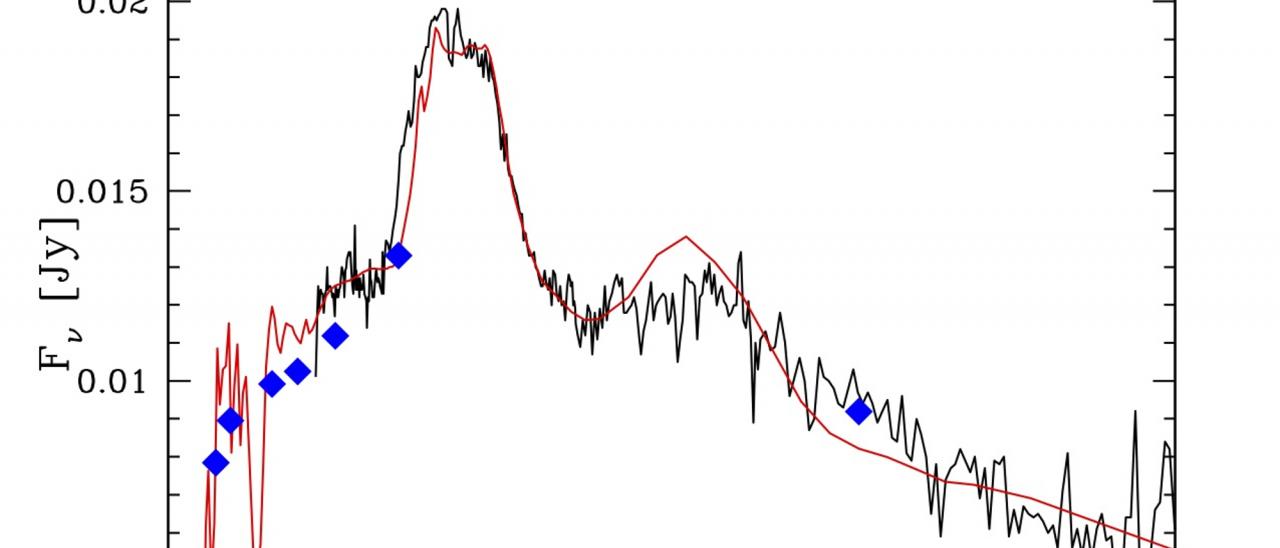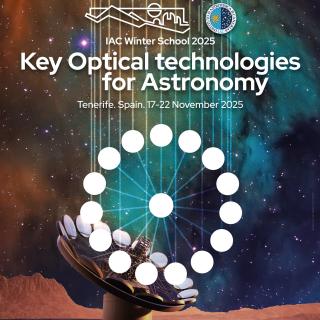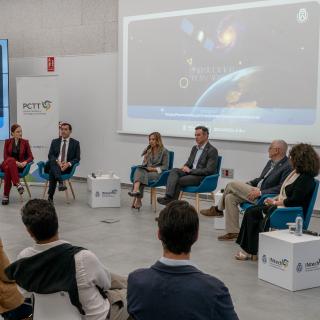During the final stages of their lives, stars with masses between one and eight times the mass of the Sun evolve along the asymptotic giant branch (AGB). AGB stars expand and loss a major fraction of their mass through stellar winds. The low temperature and high density of AGB winds provide ideal conditions for the condensation of dust grains in their circumstellar envelopes. Gas and dust are expelled into the interstellar medium, becoming an essential component for the formation of new stars and planets. Therefore, studying the type of dust (solid state organic or inorganic components) and the quantity of dust produced by these giant stars is fundamental to better understand the life cycle of the Universe. Here we have discovered a peculiar group of massive AGB stars situated in the Large Magellanic Cloud. Comparing the infrared observations made with the Spitzer Space Telescope (and predictions for the future James Webb Space Telescope, JWST) with the theoretical models, we have found that these stars show a dual dust chemistry. It means that the circumstellar envelope is composed by an internal region, harbouring carbonaceous particles, and an external zone, where silicate dust form. The simultaneous presence of these two dust species is peculiar and uncommon for these stars. The comparison with the stellar modelling indicates that it can occur to low-mass (M < 2 solar masses) stars, formed 1 − 4 Gyr ago, during the final stages or just at the end of the AGB phase. Indeed, these objects pass from having an oxygen-rich circumstellar envelope where silicates condensation is favoured to a carbon-rich one, where carbonaceous dust is the main dust formed. We found that the peculiar simultaneous presence of these two dust species may indicate that these stars are currently experiencing this transition.
The comparison between the observed Spitzer spectrum (in black) and the synthetic spectral energy distribution (SED; in red) of a dual dust chemistry AGB star in the Large Magellanic Cloud.
Advertised on
Authors
F. Dell'Agli
Domingo Aníbal
García Hernández
M. A. T. Groenewegen
P. Ventura
E. Villaver
References



